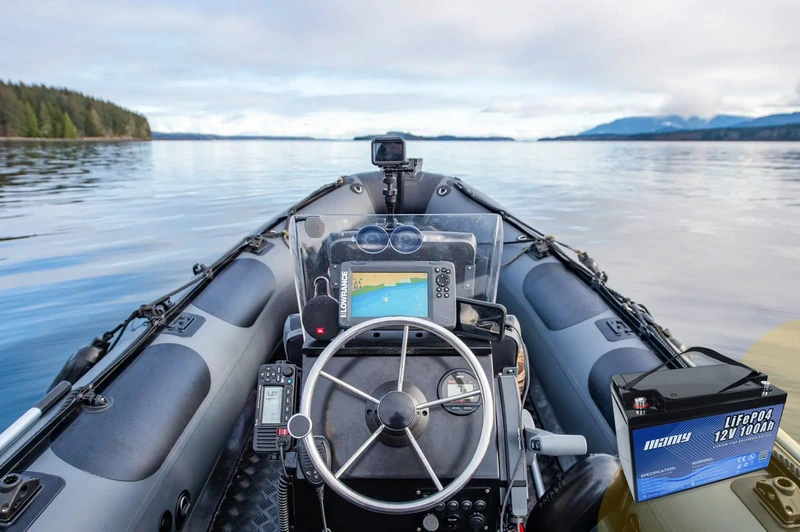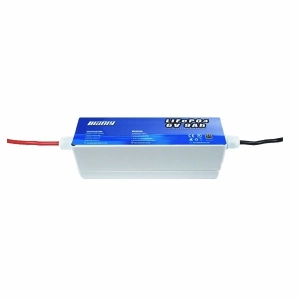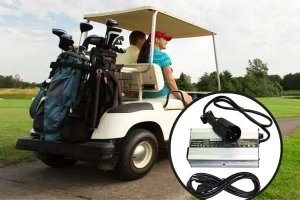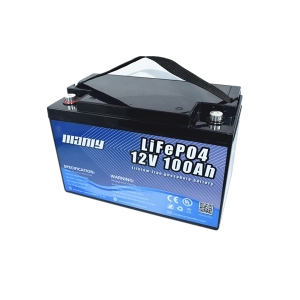Qual bateria para alimentar acessórios em um barco
Índice
- Qual bateria para alimentar acessórios em um barco
- Por onde começar com a seleção da bateria
- Compreendendo os diferentes tipos de baterias marítimas
- Guia de tamanho de bateria de barco
- Regras principais para manutenção de baterias marítimas
- How to Replace Your Boat's Battery
- Carregando uma bateria marítima
- Dicas para evitar problemas de bateria
- Problemas elétricos comuns em barcos
- Como prevenir problemas elétricos graves em seu barco
- Lidando com Falhas Elétricas do Barco
- Os maiores problemas elétricos em barcos
- Considerações finais sobre sistemas elétricos marítimos
- Saiba mais sobre bateria

Por onde começar com a seleção da bateria
When you're deciding on the right boat battery for your accessories, it’s important to start by considering the power needs of your vessel. Different boats have varying electrical demands, depending on the number and type of accessories you have onboard. For instance, if you have a small fishing boat with minimal electronic equipment, your power requirements will be much lower than those of a larger vessel outfitted with multiple electronic systems.A good place to begin is by checking your boat’s owner's manual. This will often provide recommended marine battery types, sizes, and ratings that are suited to your boat's electrical setup. If your current battery has been functioning well, you may consider sticking with the same type or model. However, if you’ve added new equipment or if your existing battery no longer meets your needs, it might be time to explore other options.For example, if you've upgraded your boat with a more sophisticated electronics package, the power draw might be significantly higher than it was before. In such cases, you’ll want to ensure that your new bateria marítima de ciclo profundotem uma classificação de amp-hora suficiente para lidar com a carga adicional. Isto é especialmente importante para acessórios como motores de pesca, que requerem energia contínua por longos períodos. Em caso de dúvida, consulte um especialista marítimo para determinar a melhor solução para sua configuração específica.Compreendendo os diferentes tipos de baterias marítimas
There are several types of batteries to choose from, depending on your boat's needs. The three most common are starting batteries, deep cycle batteries, and dual-purpose batteries.- Iniciando baterias: Eles são projetados para fornecer uma rápida explosão de energia para dar partida no motor do seu barco. Eles fornecem alta corrente por curtos períodos, mas não se destinam a alimentar acessórios por longos períodos. Quando o motor estiver funcionando, o alternador assume o controle e a bateria de partida não é mais usada.
- Bateria marítima de ciclo profundo: Este tipo de bateria foi desenvolvido para fornecer um fluxo constante de eletricidade por longos períodos. É ideal para alimentar acessórios como luzes, sistemas GPS e motores de pesca. Ao contrário das baterias de partida, as baterias de ciclo profundo são projetadas para serem descarregadas e recarregadas repetidamente, tornando-as perfeitas para o funcionamento de acessórios de barcos.
- Baterias de dupla finalidade: Uma bateria de dupla finalidade combina a funcionalidade das baterias de partida e de ciclo profundo. Isso significa que você pode usá-lo para ligar o motor e alimentar seus acessórios. No entanto, embora economize espaço e possa ser uma boa escolha para barcos menores, normalmente não oferece o mesmo nível de desempenho que baterias dedicadas de partida ou de ciclo profundo.
Guia de tamanho de bateria de barco
Marine batteries come in various sizes, which are often referred to by group numbers like 24, 27, and 31. The group size simply refers to the physical dimensions of the battery, not its power capacity. It’s crucial to choose a battery that fits securely in your boat’s battery compartment.Larger batteries, such as Group 31, tend to have higher capacities and can store more energy, which means they can power your accessories for longer periods. However, the trade-off is that they are bulkier and heavier. Be sure to select a battery that balances your space limitations with your boat’s power requirements.Regras principais para manutenção de baterias marítimas
Maintaining your marine battery is just as important as selecting the right one. Here are some essential rules to keep in mind:- Recarregue após cada uso: Após cada viagem, recarregue totalmente a bateria do barco para evitar que perca capacidade com o tempo. Para usuários de baterias marítimas de ciclo profundo, isso é especialmente crucial, pois descarregar a bateria muito profundamente pode reduzir sua vida útil.
- Evite descarregar abaixo de 50%: Para baterias de chumbo-ácido inundadas, nunca deixe a carga cair abaixo de 50%, pois isso pode causar danos irreversíveis. Por outro lado, as baterias marítimas de lítio podem suportar descargas mais profundas, tornando-as uma opção mais durável a longo prazo.
- Monitore a saúde da bateria: Use a battery monitor or an app provided by the manufacturer to keep an eye on your battery's state of charge (SOC), temperature, and other critical parameters. This helps prevent unexpected battery failures while you’re out on the water.
- Escolha o carregador certo: certifique-se de usar um carregador que corresponda à química e à capacidade da bateria. Parabaterias de ciclo profundo de lítio marinho, muitas vezes é necessário atualizar para um carregador projetado especificamente para a tecnologia de lítio para otimizar o desempenho e a longevidade.




















